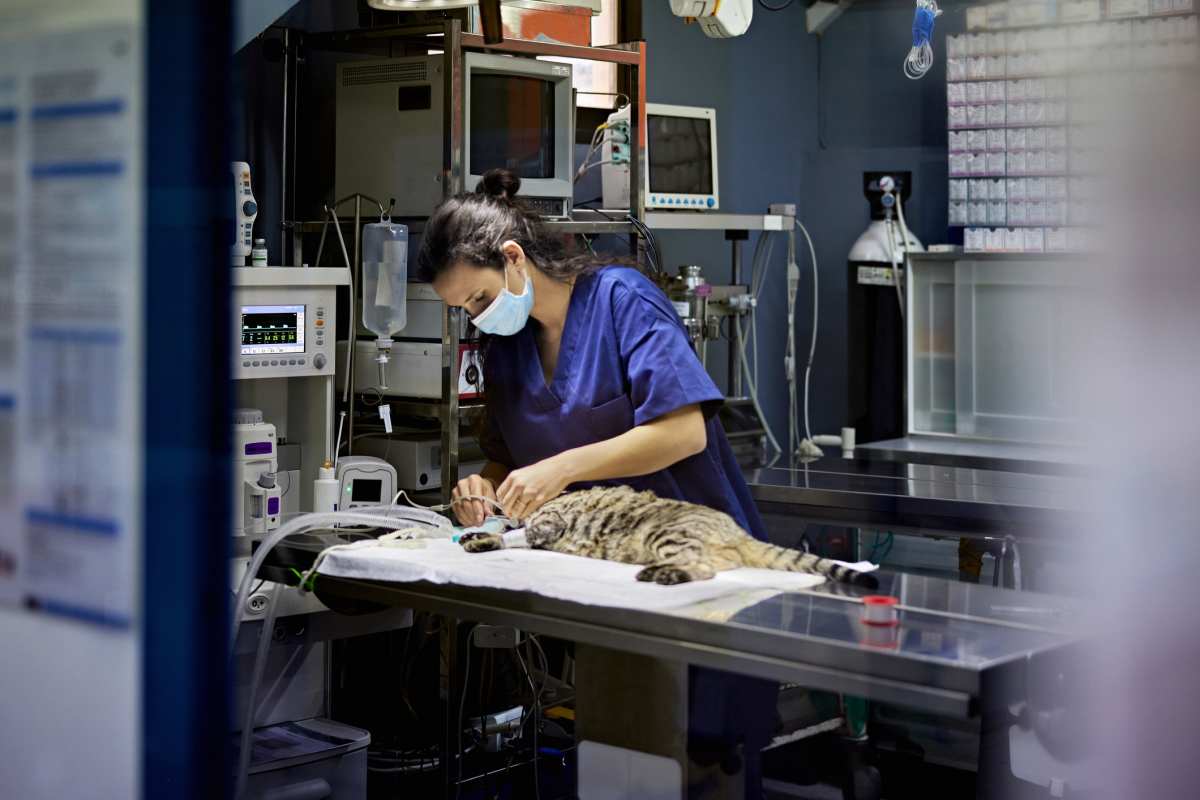FDA warns of contaminated raw pet food after cat’s death from bird flu — urges owners to wash hands after touching it

Some pet safety stories unfold quietly, but others raise urgent concerns across communities. A recent case in San Francisco has brought attention to the risks linked to raw pet food and the spread of avian influenza. As reported by USA Today, authorities have now confirmed a fatal incident involving a domestic cat and the highly contagious H5N1 virus. The case led to difficult decisions and has prompted health officials to issue clear warnings to pet owners nationwide.

The U.S. Food and Drug Administration (FDA) announced that a cat had to be euthanized after it ate contaminated raw cat food and contracted the bird flu. Lab testing confirmed that both the cat and the food, a product sold under the brand RAWR Raw Cat Food Chicken Eats, tested positive for the H5N1 avian influenza virus. While the FDA did not disclose the exact amount of affected product distributed, it confirmed the issue was severe enough to trigger immediate action from local public health officials in San Francisco.

The virus has been known to cause illness and even death in both domestic and wild animals, especially in cats. The FDA said that while dogs can also become infected, their symptoms are generally mild, and death is uncommon. So far, there have been no human infections linked to raw pet food, but the agency urged caution. “It is important for people to wash their hands after handling any pet food products and sanitize contact surfaces,” the FDA stated. The virus can enter the human body through the eyes, nose, or mouth if precautions aren’t taken seriously.

The FDA confirmed that affected cat food products were sold in 2.5-pound yellow and white resealable bags with black lettering, and each contained 40 one-ounce sliders. They included Lot CCS 25 077, with a sell-by date of Sept. 18, 2026, and Lot CCS 25 093, with a sell-by date of Oct. 03, 2026. The frozen pet food packets are sold both online and in stores. The agency is advising pet owners to check their packaging, safely discard any recalled products, and monitor pets for signs of illness. As of September 3, 2025, no cases had been confirmed in dogs in the U.S., but the FDA noted that fatal infections in dogs have been reported abroad.

The Centers for Disease Control and Prevention (CDC) added that the risk to the general public remains low but is being closely monitored. The agency continues to track the virus through flu surveillance systems and animal exposure data. Pets that are very young, old, or have weakened immune systems are especially vulnerable, shared the FDA. The American Veterinary Medical Association recommends seeking immediate care if a pet shows symptoms such as fever, lethargy, eye discharge, breathing issues, seizures, or poor coordination.

In some countries, including Poland, pet dogs have also been affected by bird flu. A report by the National Library of Medicine shared that in summer 2023, a 16-year-old dog developed a severe cough and other symptoms during a bird flu outbreak in cats. Initially, vets suspected kennel cough, but when the dog didn’t improve, more tests confirmed the H5N1 virus. The dog also showed nasal discharge, swollen lymph nodes, and a heart murmur.